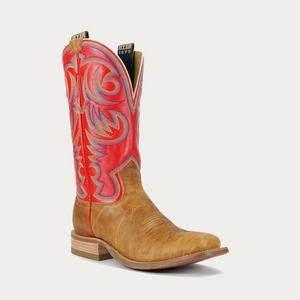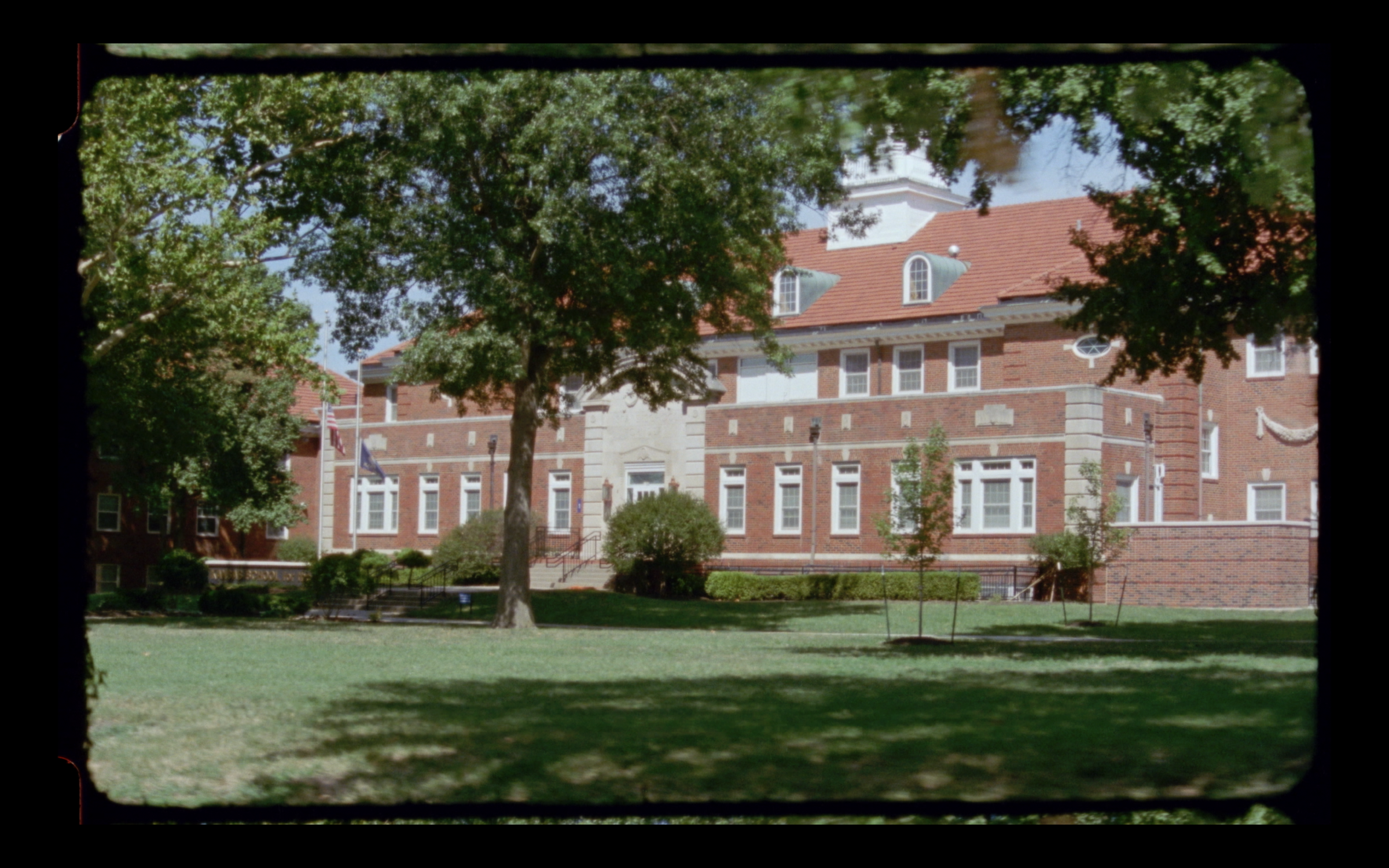
Echoes of History
C.H. Hyer, the Kansas School for the Deaf, and the Legacy of American Resilience
In the heart of Kansas City, where the railroads converged and dreams flourished, C.H. Hyer, son of a fifth-generation shoemaker, found his calling. As the railroad lines stretched across the vast plains, Kansas City emerged as a hub of commerce and opportunity. For around 30 years, the railroad dead-ended here, attracting a diverse array of individuals seeking new beginnings. C.H., however, felt drawn to a different path. Dissatisfied with the railroad life, he sought fulfillment elsewhere, and landed a job teaching the craft of shoe and last making at a local school.
Amidst the bustling cityscape, C.H found himself at the Kansas School for the Deaf, imparting his knowledge of shoe and last making to eager students. As the son of a German immigrant, C.H. inherited a rich legacy of craftsmanship, and he was determined to share this heritage with the next generation. Yet, his vision extended beyond mere instruction; he recognized the potential to empower his students economically.

What was once a one-bedroom schoolhouse, the Kansas School for the Deaf emerged as a beacon of hope for those grappling with the challenges of deafness and speech impairments. Originally known as the "Asylum for the Deaf and Dumb," it provided sanctuary for children with conditions that left them in the care of the state. Yet, behind the façade of its noble mission lay a reality of harsh conditions and stark challenges. In an era when understanding of how to reduce limitations and resources were scarce, the school grappled with meager funding and inadequate facilities, striving to provide its wards with a semblance of education and care amidst adversity.
Seeing his students struggle, and having a knack for entrepreneurship, C.H. Hyer embarked on a new venture. In 1875, he established his own cobbler shop, not only to showcase his expertise but also to provide employment opportunities for the children he taught. This endeavor was more than a business—it was a motivating force for the students, offering them a means to earn a livelihood and achieve independence.
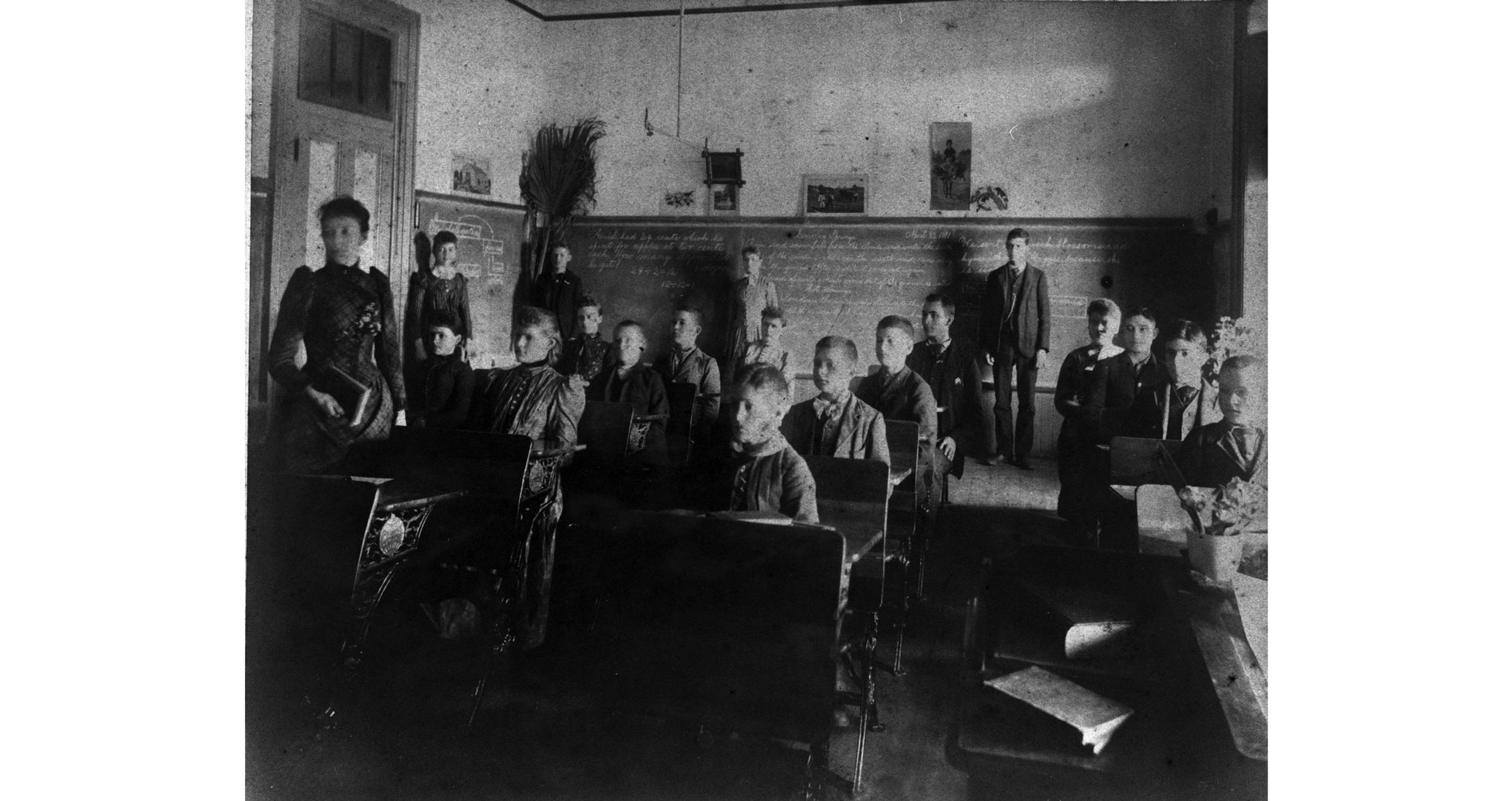
As the railroad ushered in an era of prosperity, C.H Hyer's boot store became a focal point for the community. Cowboys driving cattle into the city frequented his shop, seeking quality footwear for their long journeys. History credits C.H. Hyer forinventing the first "Cow Boy Boot." A cowboy on the long-haul cattle trail made his way into C.H. Hyer’s cobbler shop in Olathe, Kansas. His civil war style boots had seen better days and he needed boots that could withstand the rugged work of the cattle drive. C.H. Hyer listened as the customer described the features he needed for his safety and comfort—a toe shape that would slide into the stirrup, a raised heel that would hold the stirrup and a scalloped top so he could slide his foot in and out of the boot more easily. HYER had never made boots like this, but he willingly accepted the challenge. After a couple of attempts, he finally made a pair he felt sure would meet the needs of the foot-sore cowboy and he appropriately named it: the “Cow Boy Boot.” In those golden days of the cowboy era, when every hoofbeat echoed the promise of a new frontier, C.H. Hyer's boots adorned the feet of those who dared to chase their dreams.
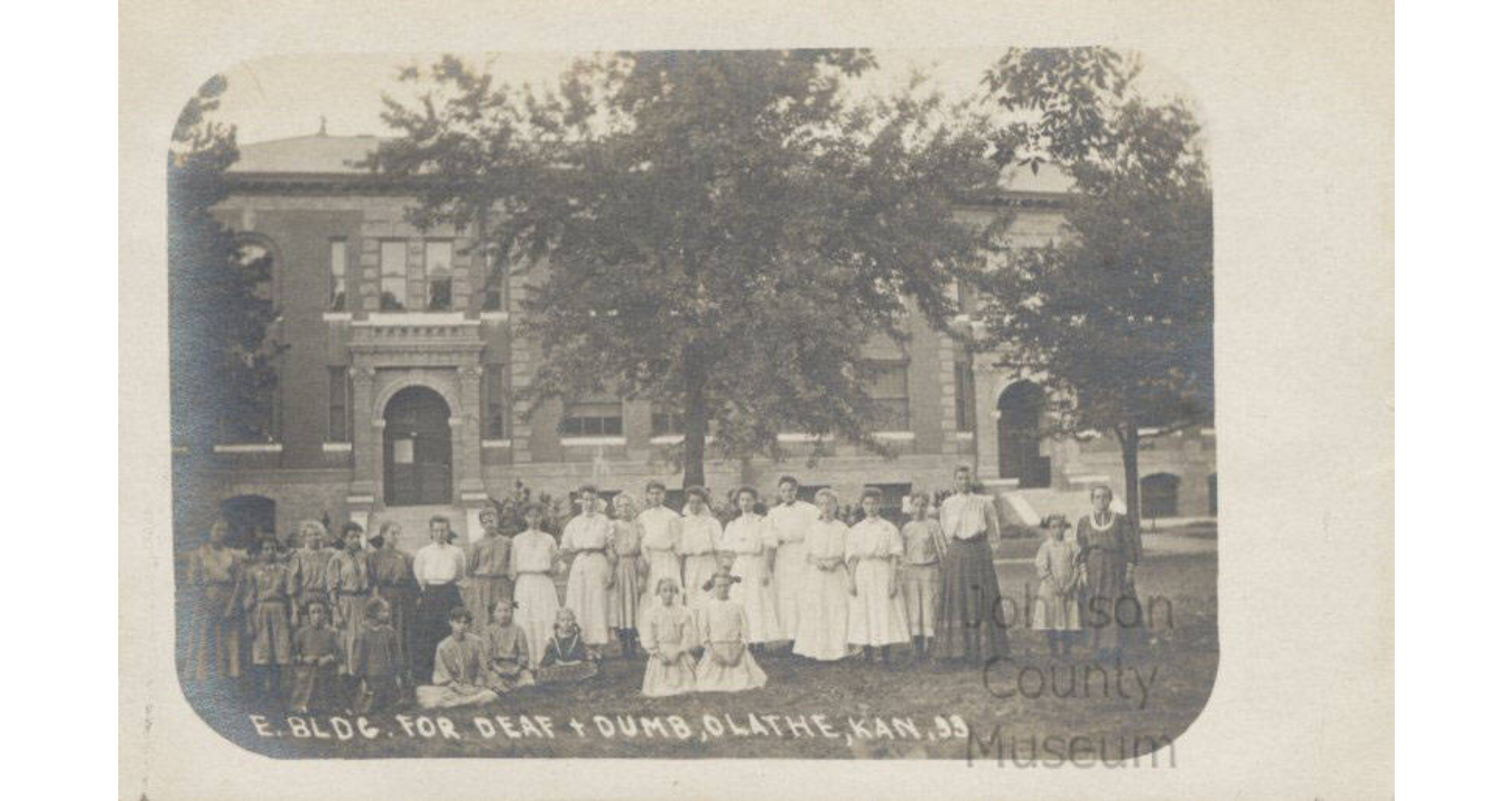
The bond forged between HYER Boots and the Kansas School for the Deaf transcends mere business ties—it's a testament to shared values and a commitment to community. Even as our business flourished and expanded beyond that originally small cobbler shop, our connection with the school remained steadfast, a cornerstone of our identity. Through decades of growth and evolution, the Kansas School for the Deaf stood as a beacon of education and empowerment for generations of students.
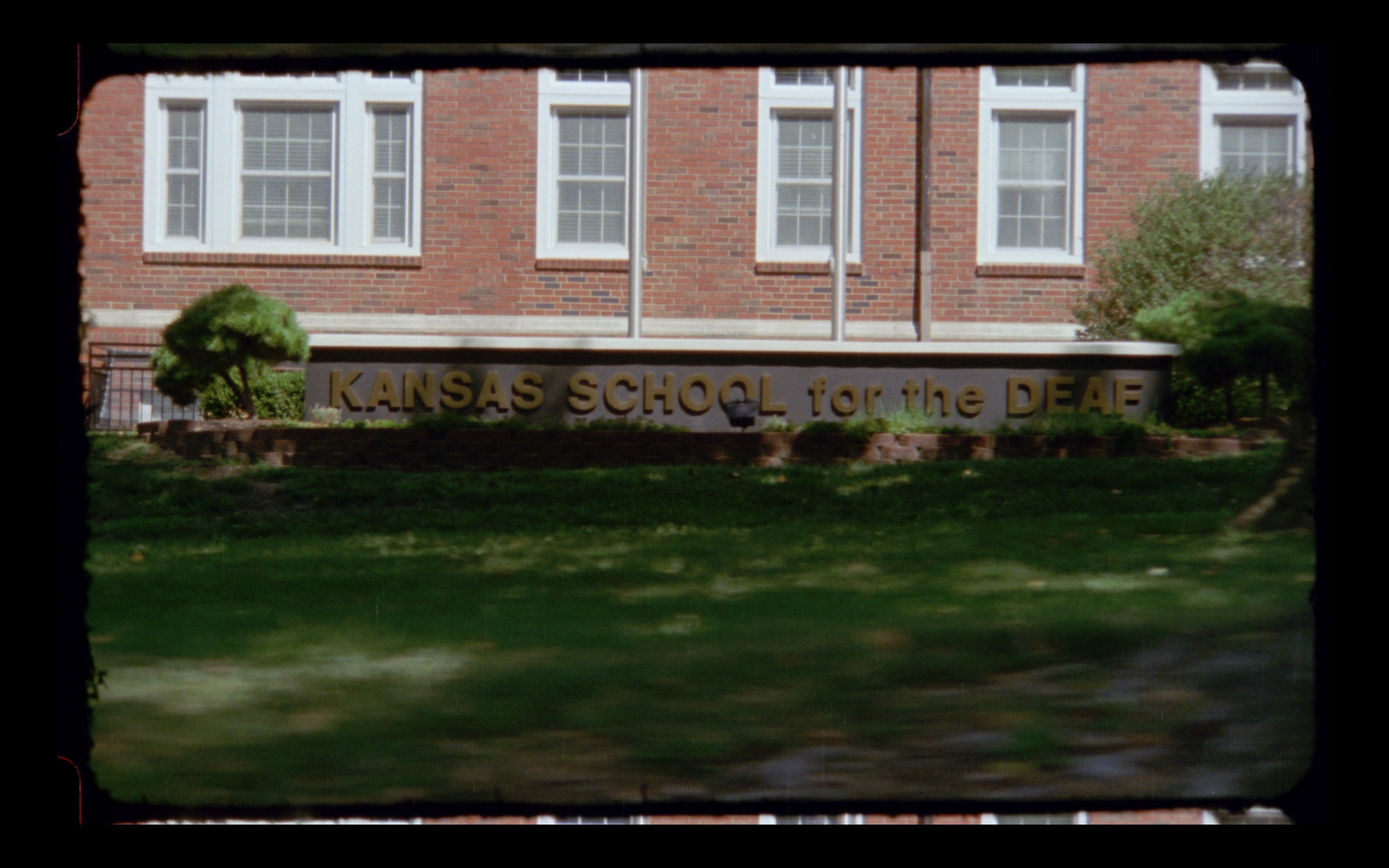
Even as the sands of time shifted and circumstances changed, the spirit of collaboration between HYER Boots and the Kansas School for the Deaf endured. Through highs and lows, triumphs and challenges, our shared history served as a reminder of the power of unity and resilience. Today, as we reflect on our journey together, we honor the indelible imprint of the Kansas School for the Deaf on the fabric of HYER Boots—a story of partnership, perseverance, and the pursuit of excellence.

As we reflect on our relationship with the Kansas School for the Deaf, it's essential to recognize the profound impact of deaf culture and history on various aspects of society. Did you know that baseball, America's favorite pastime, owes some of its early strategies to the use of sign language by deaf players like William "Dummy" Hoy? This fascinating connection between sports and deaf culture highlights the ingenuity and adaptability of deaf individuals in overcoming communication barriers. Beyond sports, institutions like Gallaudet University have been pivotal in advancing deaf education and fostering a vibrant deaf community. From the rich tradition of American Sign Language to the contributions of deaf artists, scientists, and activists, deaf culture has left an indelible mark on our world. As we celebrate our shared journey with the Kansas School for the Deaf, let's also recognize and honor the resilience, achievements, and ongoing advocacy of the deaf community.













